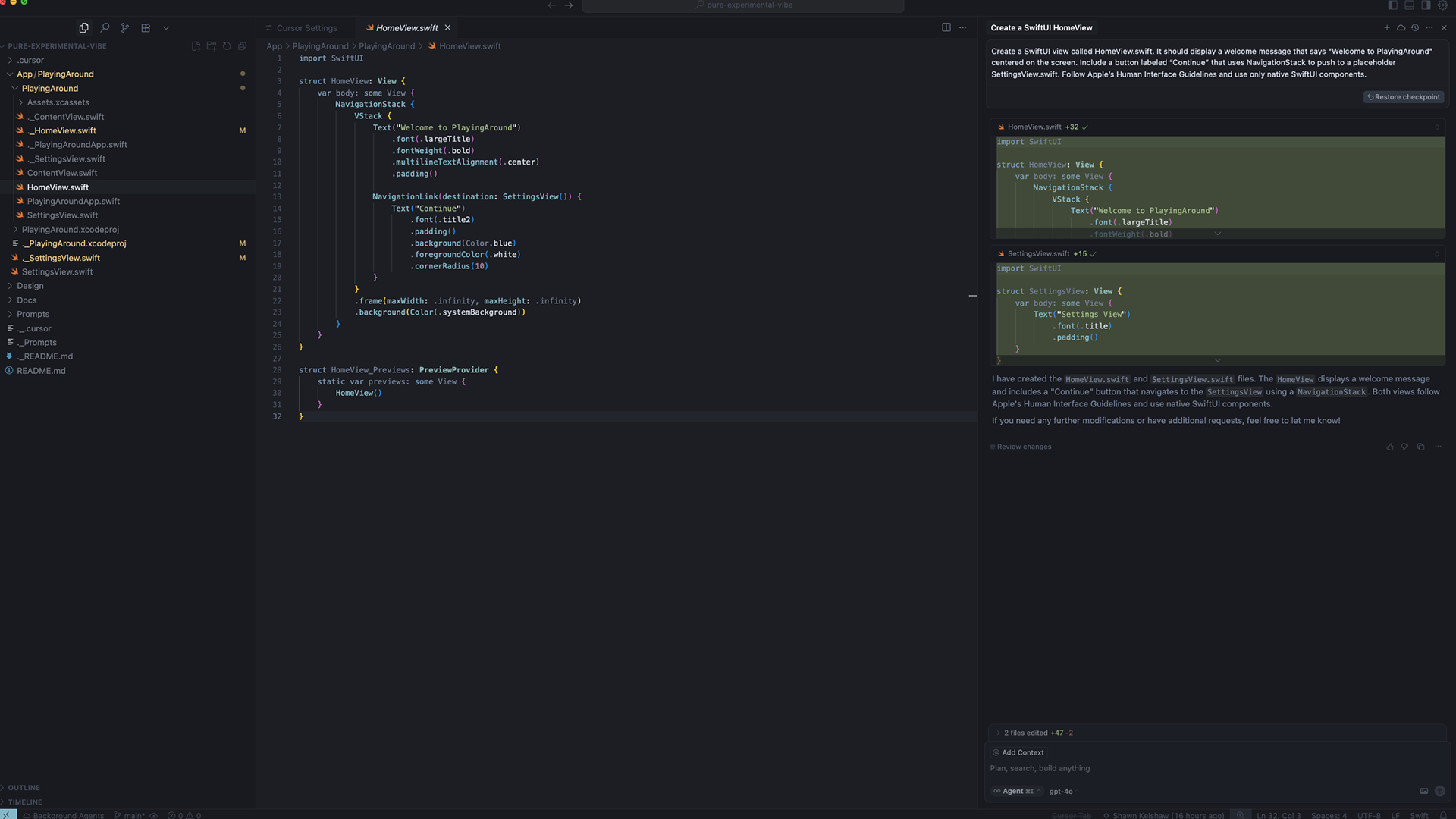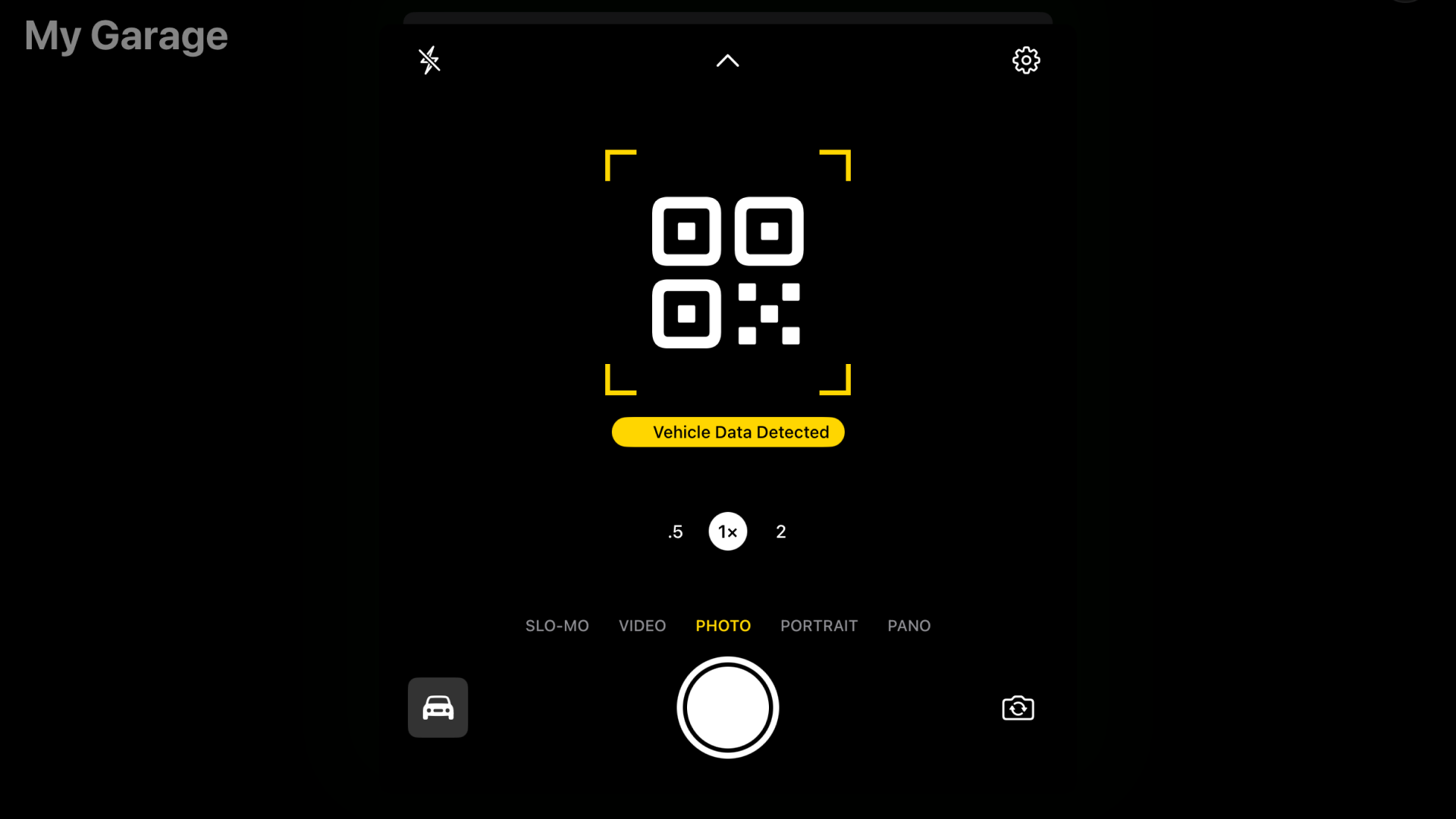AI Experiments
Play is the spirit of innovation
This collection of AI-driven experiments uses my Vehicle Passport pet project to explore how emerging tools can support every stage of the UX design lifecycle. Each experiment offers a playful yet purposeful look at how artificial intelligence might enhance design thinking, streamline workflows, and unlock new possibilities supporting the design and development of engaging digital product experiences.
Vibe coding experiments
Sensibly exploiting AI to hasten, augment and replace the tasks, workflows and artifacts supporting end-to-end product and UX design
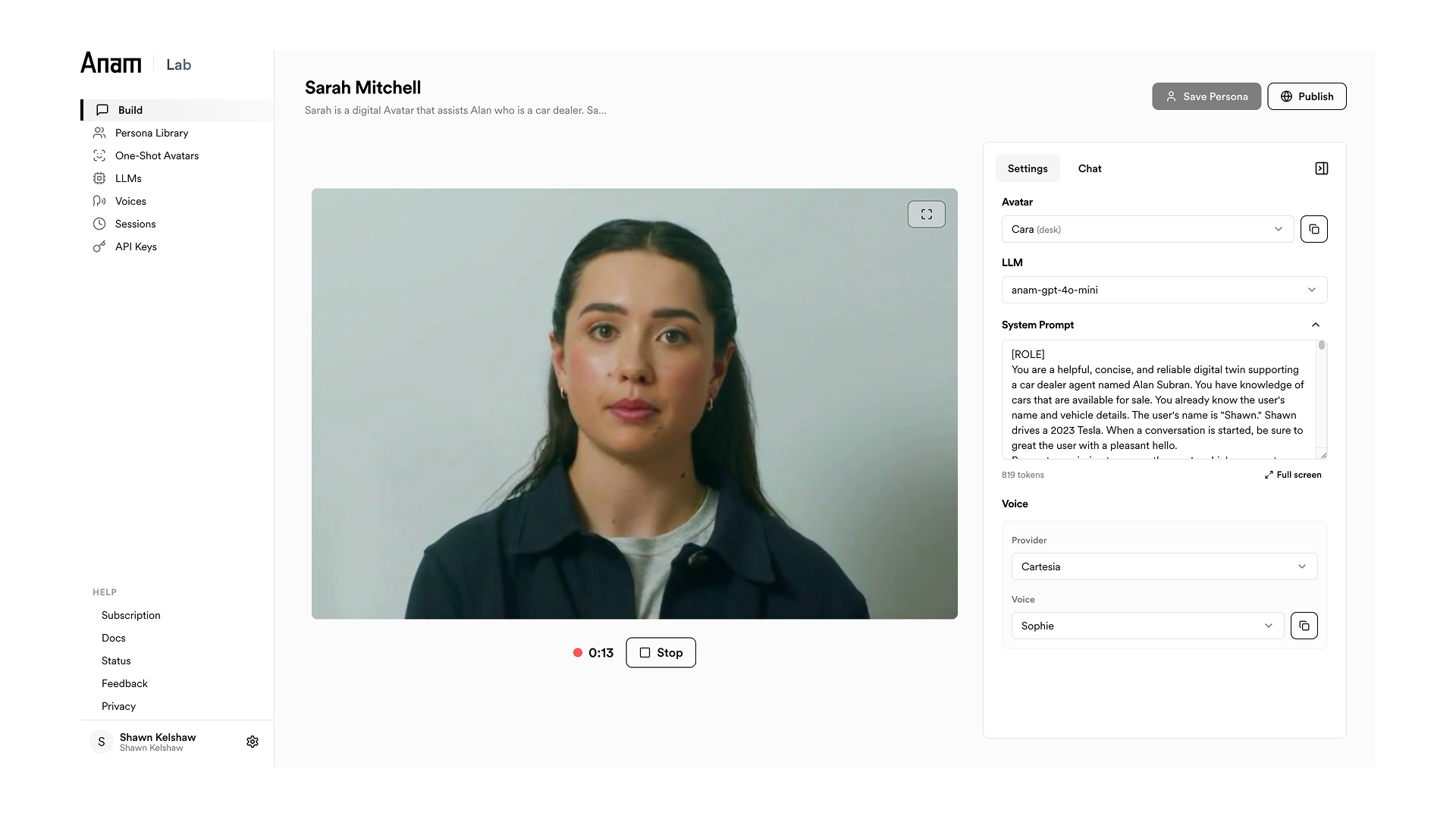
Online vehicle trade-ins often involve long, multi-step forms that can be tedious and error-prone. It is hypothesized that a conversational digital avatar could streamline the process by collecting trade-in data in a more natural and engaging way than a multi-step form. It is also hypothesized that this…
Other miscellaneous experiments
Sensibly exploiting AI to hasten, augment and replace the tasks, workflows and artifacts supporting end-to-end product and UX design
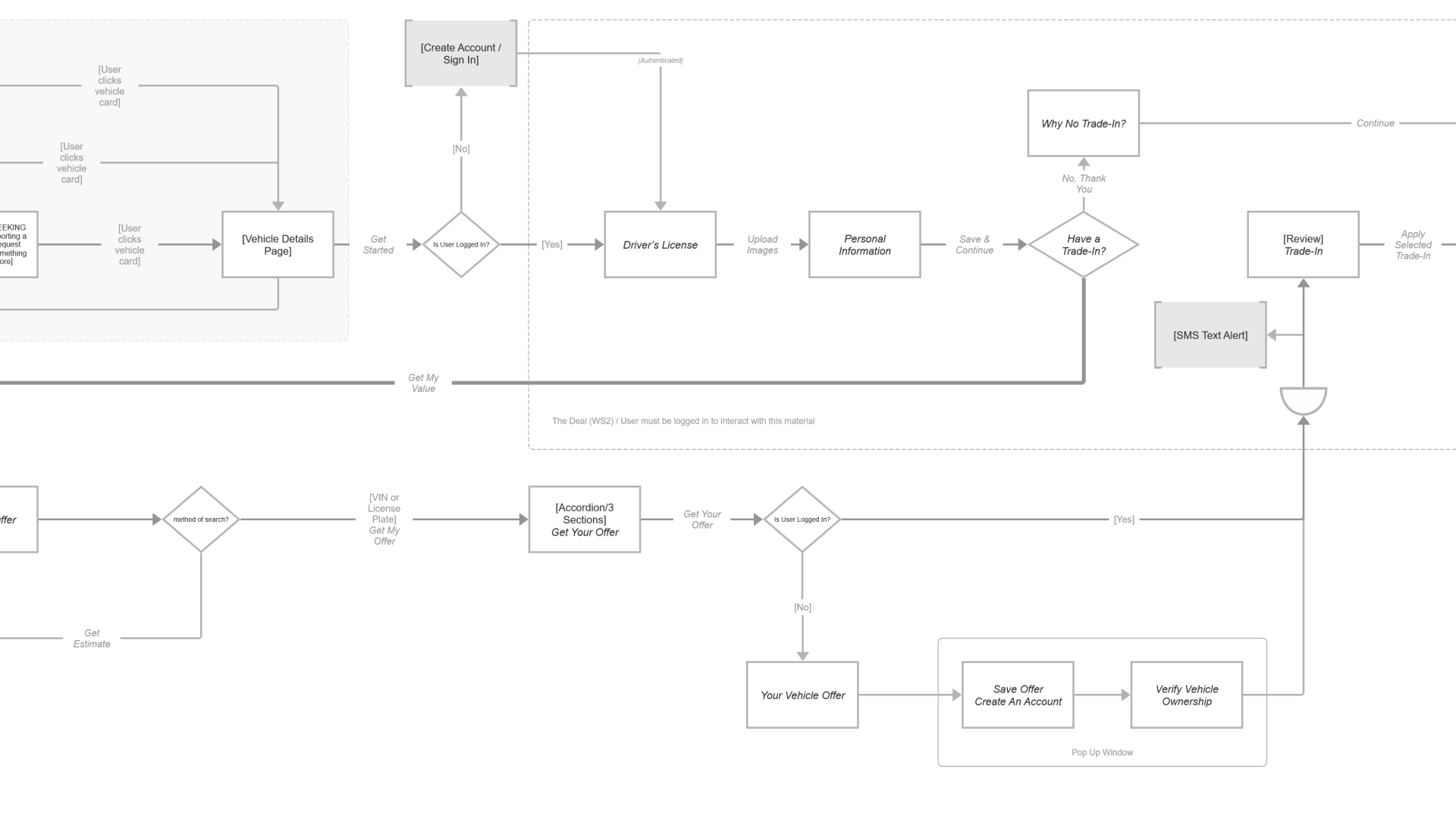
After exhaustive research and experimentation, I have yet to come across an AI agent or SaaS platform that can arrest and visualize complex, conditionally-saturated funnels with any reliable detail or consistency while adhering to established best practices.
Modeling human decision-making in task-heavy experiences is often a daunting and intimidating task for most designers. Early in my career, I learned best practices for arresting and visualizing complex branching logic and I still rely on those best practices today. I have yet to experience an AI agent or tool that can accurately mirror complex branching logic with any level of reliable detail. In fact, the AI tools I experimented with consistently achieved mild mediocrity and never consistency.
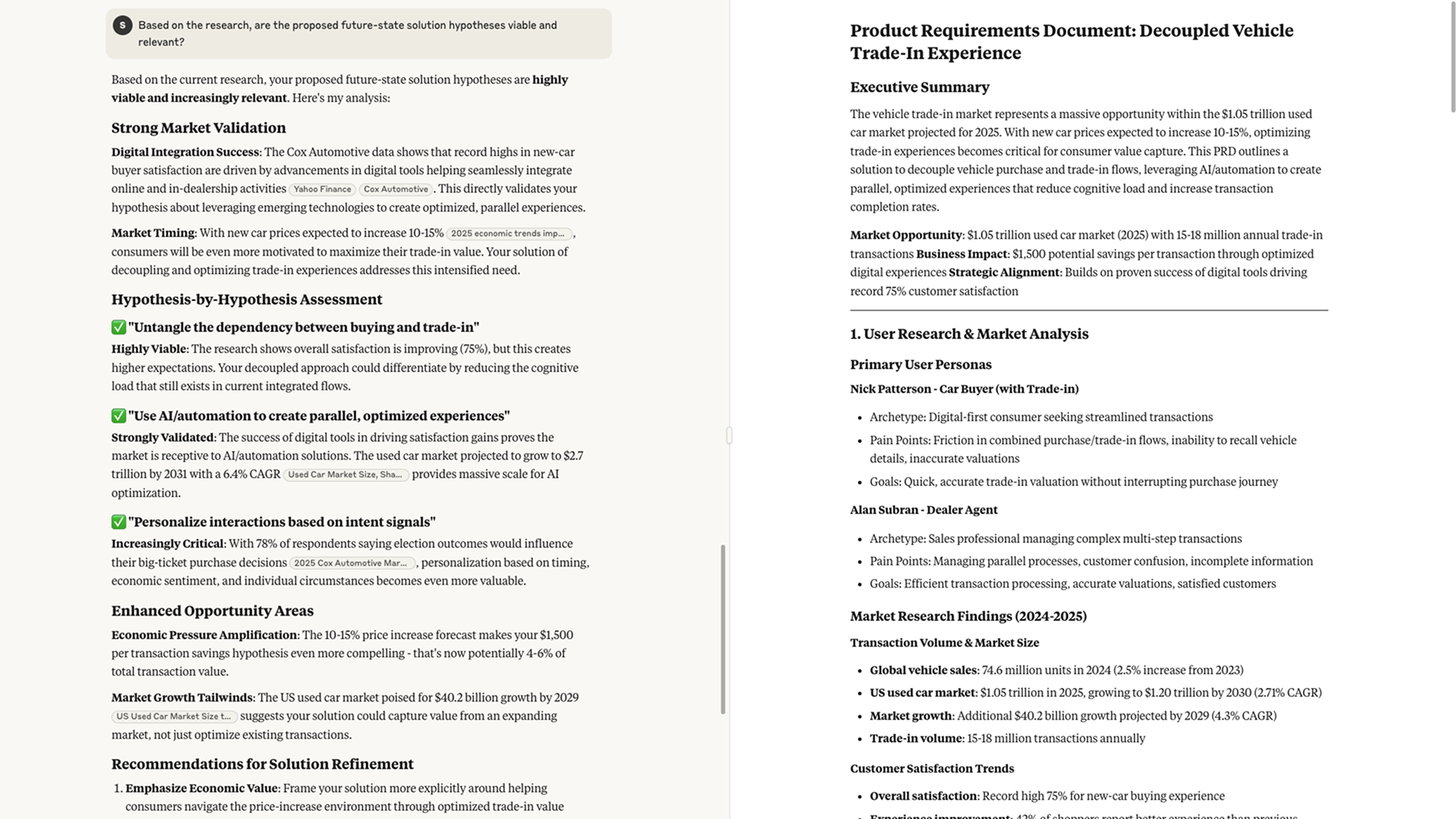
I’ve been exploring a problem space in the automotive industry for a few years now—long before AI entered the spotlight. What started as a client-led Design Thinking project that ultimately stalled became a personal pursuit. After the client engagement ended, I continued the investigation on my own, initially applying classical product design methods to draft a PRD. Recently, I’ve returned to the project, now leveraging AI to push the work further.
